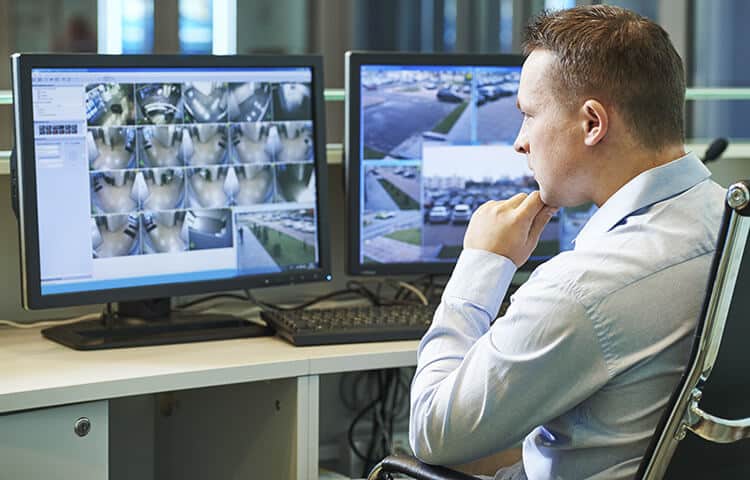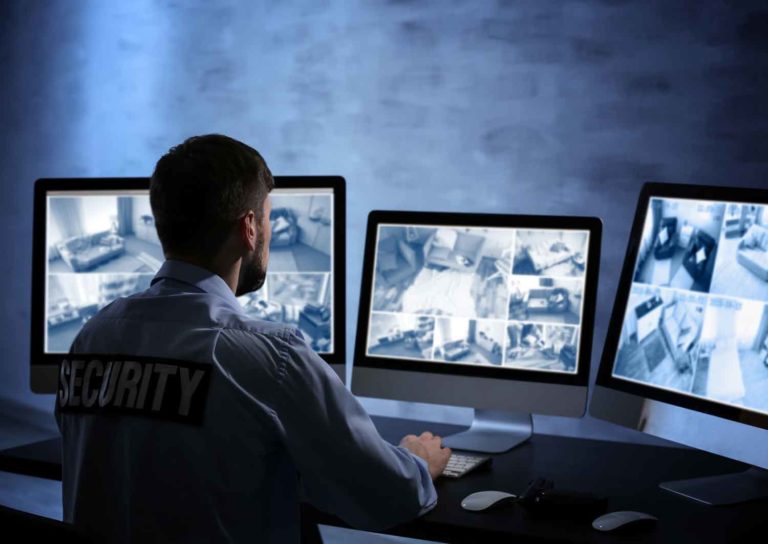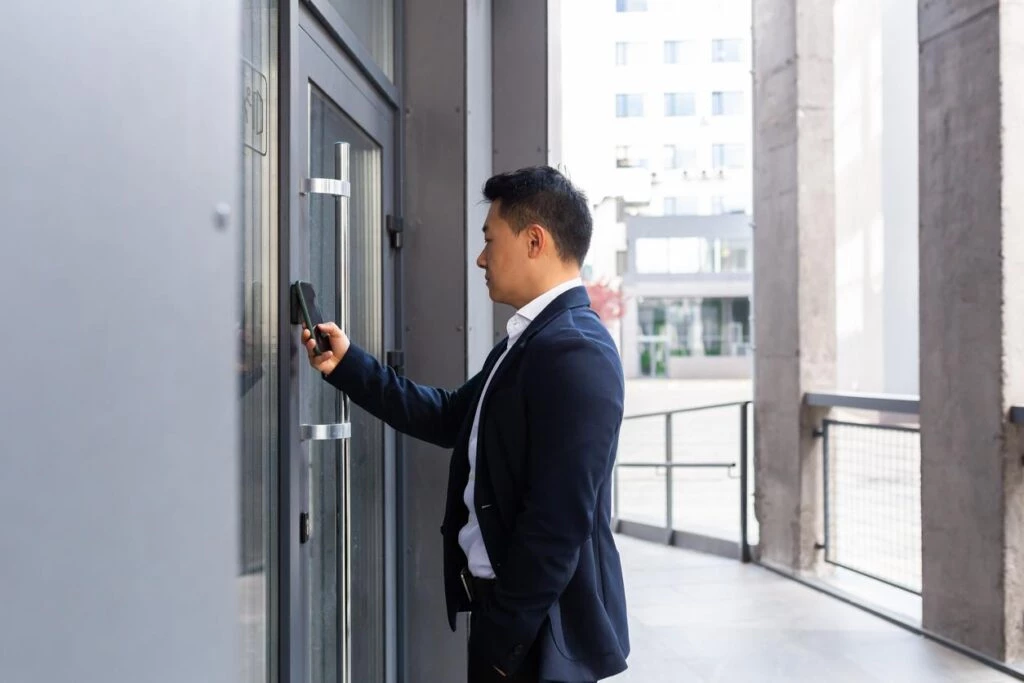Understanding Commercial Security Monitoring
Commercial security monitoring encompasses a range of services and technologies designed to protect businesses from theft, vandalism, and other security threats. By employing a combination of surveillance, alarms, and access control systems, organisations can create a robust security framework that deters potential criminals and safeguards valuable assets.
In today’s fast-paced business environment, the need for effective security measures is more critical than ever. With the increasing sophistication of criminal activities, businesses must adapt and implement comprehensive security solutions to mitigate risks. This article delves into the various aspects of commercial security monitoring and how it plays a pivotal role in preventing loss and unauthorised access.
The Components of Security Monitoring
Security monitoring systems typically consist of several key components, including video surveillance cameras, alarm systems, and access control mechanisms. Each element serves a specific purpose, contributing to the overall effectiveness of the security strategy.
Video surveillance cameras provide real-time monitoring and recording of activities within and around the premises. This not only helps in identifying suspicious behaviour but also serves as a deterrent to potential criminals. Alarm systems, on the other hand, alert security personnel or law enforcement in the event of a breach, ensuring a rapid response to threats. Access control systems regulate who can enter specific areas, further enhancing security by restricting access to authorised personnel only.
The Importance of Preventing Loss
Preventing loss is a primary objective for any business, as it directly impacts profitability and operational efficiency. Theft, whether internal or external, can lead to significant financial losses, disrupt operations, and damage a company’s reputation.
Implementing effective security monitoring systems can help mitigate these risks by providing a layered approach to security. By addressing vulnerabilities and ensuring that appropriate measures are in place, businesses can significantly reduce the likelihood of theft and other criminal activities.
Financial Implications of Theft
The financial implications of theft can be staggering. According to various studies, businesses can lose millions each year due to shoplifting, employee theft, and other forms of loss. These losses not only affect the bottom line but can also lead to increased insurance premiums and potential legal liabilities.
Moreover, the costs associated with recovering from theft incidents can be substantial. Businesses may need to invest in additional security measures, employee training, and even legal fees if they pursue criminal charges against offenders. Therefore, investing in a comprehensive security monitoring system is not just a protective measure; it is a strategic financial decision.
Enhancing Employee Safety
In addition to preventing loss, commercial security monitoring plays a vital role in enhancing employee safety. A secure work environment fosters a sense of well-being among staff, leading to increased productivity and morale.
By implementing security measures such as surveillance cameras and alarm systems, businesses can create a safer workplace. Employees are more likely to feel secure knowing that potential threats are being monitored and addressed promptly. This not only protects employees but also helps to cultivate a positive workplace culture, which is essential for long-term success.
Reducing Unauthorized Access
Unauthorized access to restricted areas can pose significant risks to a business. Sensitive information, valuable assets, and critical infrastructure are often located in areas that require controlled access. Security monitoring systems are essential in preventing unauthorised individuals from gaining entry to these sensitive locations.
Access control systems, which can include keycards, biometric scanners, and PIN codes, help ensure that only authorised personnel can enter specific areas. Coupled with surveillance cameras, these systems provide a comprehensive approach to managing access and monitoring activities.
Types of Access Control Systems
There are various types of access control systems available, each offering unique features and benefits. Keycard systems are among the most common, allowing employees to gain access to restricted areas using a card that is programmed specifically for them.
Biometric systems, which use fingerprint or facial recognition technology, provide an added layer of security by ensuring that only the individual associated with the access credentials can enter. This significantly reduces the risk of unauthorised access, as it is nearly impossible for someone to replicate another person’s biometric data.
Monitoring and Response
Effective security monitoring goes beyond simply installing cameras and alarms; it also involves active monitoring and rapid response to incidents. Many businesses now opt for remote monitoring services, where trained professionals monitor security feeds in real-time. This allows for immediate action in the event of a security breach.

In addition to real-time monitoring, businesses should establish clear protocols for responding to security incidents. Having a well-defined response plan ensures that employees know how to react in the event of a breach, minimising confusion and potential harm.
Integrating Technology for Enhanced Security
The integration of advanced technology into commercial security monitoring has revolutionised the way businesses protect themselves. Modern security systems often incorporate artificial intelligence (AI) and machine learning to enhance their capabilities.
AI-powered surveillance systems can analyse video feeds in real-time, identifying unusual behaviour patterns and alerting security personnel to potential threats. This proactive approach allows businesses to address security concerns before they escalate into serious incidents.
The Role of Cloud Technology
Cloud technology has also transformed security monitoring by providing businesses with the ability to store and access security footage remotely. This means that even if an incident occurs, the data is securely stored off-site and can be retrieved easily for investigation purposes.
Furthermore, cloud-based systems enable businesses to scale their security solutions as needed. As a company grows, its security requirements may change, and cloud technology allows for easy upgrades and expansions without the need for extensive physical infrastructure changes.
Cost-Effectiveness of Modern Security Solutions
While the initial investment in commercial security monitoring may seem substantial, the long-term benefits often outweigh the costs. By preventing theft, reducing losses, and enhancing employee safety, businesses can realise significant savings over time.
Moreover, many modern security solutions offer flexible pricing models, allowing businesses to choose a plan that fits their budget. This adaptability makes it easier for organisations of all sizes to implement effective security measures without breaking the bank.
Compliance and Legal Considerations
In addition to protecting assets and employees, businesses must also consider compliance with legal regulations regarding security monitoring. Many industries have specific requirements for surveillance and data protection, and failing to comply can result in severe penalties.
Understanding the legal landscape surrounding commercial security monitoring is essential for businesses. This includes being aware of laws related to privacy, data protection, and employee monitoring. By ensuring compliance, organisations can avoid legal complications and maintain a positive reputation.
Data Protection Regulations
With the rise of data breaches and cyber threats, data protection regulations have become increasingly stringent. Businesses must ensure that their security monitoring systems comply with laws such as the General Data Protection Regulation (GDPR) in the UK.
Compliance with these regulations not only protects the business from legal repercussions but also builds trust with customers and employees. Demonstrating a commitment to data protection can enhance a company’s reputation and foster loyalty among stakeholders.
Employee Rights and Monitoring
When implementing security monitoring systems, businesses must also consider the rights of their employees. Transparency is key; employees should be informed about the presence of surveillance cameras and the purpose of monitoring.
Establishing clear policies regarding monitoring practices can help mitigate concerns and foster a culture of trust within the workplace. By balancing security needs with employee rights, businesses can create a secure environment that respects individual privacy.

Conclusion
In conclusion, commercial security monitoring is an essential component of modern business operations. By investing in comprehensive security solutions, organisations can effectively prevent loss, reduce unauthorised access, and enhance employee safety.
The integration of advanced technology, coupled with a proactive approach to monitoring and response, allows businesses to stay one step ahead of potential threats. Moreover, understanding compliance and legal considerations ensures that security measures are not only effective but also ethical and lawful.
Ultimately, a robust security monitoring system is not just a protective measure; it is a strategic investment that can lead to long-term success and sustainability in an increasingly competitive landscape.
Read More: Office security systems: what every business owner should know.



